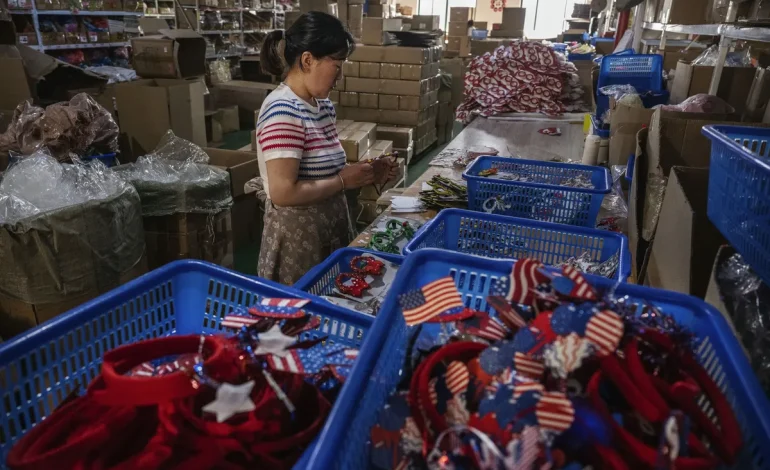At this year’s Canton Fair, China’s largest trade exposition, the mood among exporters signaled a strategic shift: manufacturers are preparing for a future where American buyers are no longer central to their business models, Bloomberg reports.
Amid ongoing trade tensions and record-high US tariffs, many companies are actively seeking to diversify their customer base beyond the United States.
Sandy Zeng, co-founder of Guangdong Super Technology, a maker of pet products, is one of many business owners now looking to Asia for growth.
“The increase in our Asian market this year will be large — the economy is vibrant, and we just have to make some adjustments to our product designs,” Zeng said.
Zeng and others have seen US orders stall after tariffs on Chinese goods were raised to as high as 145% in April. Though upcoming US-China trade talks may offer some relief, many exporters are skeptical of a swift resolution and are bracing for long-term decoupling.
Interviews with over 20 manufacturers revealed a common view: the American market is no longer reliable. Albert Zhai of Liaoning Aroma International Trade, a Halloween goods exporter, said he plans to shift focus to Europe and South America, with US sales having already shrunk significantly.
“In the past, more than 80% of my exports were to the American market, but that proportion has already changed,” Zhai noted.
While the Canton Fair attracted fewer US buyers this year, organizers reported a 24% increase in prospective customers from BRICS countries and a 17% rise from participants in China’s Belt and Road Initiative. In contrast, combined visitors from the US and Europe rose just 3%.
Some manufacturers are eyeing markets in Southeast Asia and the Middle East, where growing middle classes and rising online retail provide opportunities.
“Our business is expected to grow better in the Middle East,” said Kim Chong Chim of Stechcol Ceramic Crafts Development.
Others, like Guangdong Songfa Ceramics, anticipate new demand from Europe and emerging markets to fill the US gap.
Despite these shifts, adapting to new regions comes with challenges. Local industries in target countries may resist an influx of affordable Chinese goods, and global economic uncertainty complicates investment plans. Some firms, like Zhuguang Group, have paused or reversed overseas expansion efforts.
“Due to tariff issues and constantly changing policies, we decided not to proceed,” said Roe Yuan, whose company has stopped pursuing US business altogether.
Recent data shows a slowdown in China’s factory activity and a drop in export orders, suggesting the impact of the trade conflict is beginning to weigh on broader economic performance. Even so, exporters are betting that diversification and domestic sales efforts will help them weather a possible long-term reduction in trade with the US.









The latest news in your social feeds
Subscribe to our social media platforms to stay tuned